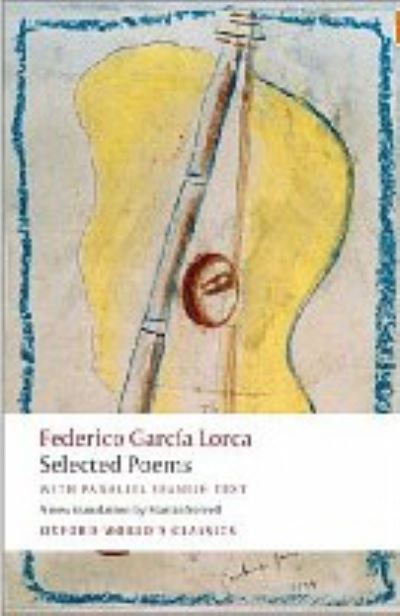Selected Poems With Parallel Spanish Text Synopsis
'Lorca brought an understanding of the paradox that was Spain - sensuality chafing under a rigid moral code, individual desire at war with tradition.' Manuel Duran Federico Garcia Lorca is perhaps the most celebrated of all twentieth-century Spanish writers, known not only for his plays but also for several collections of poems published both in his short lifetime and after. Lorca's poetry is steeped in the land, climate, and folklore of his native Andalusia, though he writes memorably of New York and Cuba too. Often in modernist idiom, and full of startling imagery, he evokes a world of intense feelings, silent suffering, and dangerous love. This selection balances poems from Lorca's early collections with his better-known work to give a clear vision of his poetic development. Martin Sorrell's accomplished translations are complemented by D. Gareth Walters's shrewd Introduction, with its distinctive focus on the achievements of the poet.
About This Edition
About Federico Garcia Lorca
Federico García Lorca was born into an educated family of small landowners in Fuente Vaqueros in 1898. A poet, dramatist, musician and artist, he attended the university at Granada, where he acquired a fine knowledge of literature. In 1919 he went to the Residencia de Estudiantes in Madrid and during his long stay there he met all the principal writers, critics and scholars who visited the place, which was then a flourishing centre of cultural liberalism. In 1928 his Gipsy-Ballad Book (Romancero gitano) received much public acclaim. In 1929 he went to New York with Fernando de los Ríos and his volume of poems Poet in New York (Poeta en Nueva York) was published posthumously in 1940.
On his return to republican Spain, he devoted himself to the theatre, as co-director of La Barraca, a government-sponsored student theatrical company that toured the country. He now wrote fewer poems, but these include his masterpiece Lament for Ignacio Sánchez Mejías (Llanto por la muerte de Ignacio Sánchez Mejías, 1935), a lament for a dead bullfighter. He wrote classical plays, pantomimic interludes, puppet plays, La zapatera prodigiosa (1930) and three tragedies: Blood Wedding (Bodas de sangre, 1933), Yerma (1934) and The House of Bernarda Alba (La casa de Bernarda Alba, 1936). Just after the outbreak of the Spanish Civil War in 1936 he was murdered at Granada by Nationalist partisans, in mysterious circumstances.
Describing García Lorca's art, the eminent critic Raymond Williams wrote: 'In his discovery of forms, he is strikingly original and yet seems to range, with creative confidence, over the many possibilities of the modern dramatic tradition. It is an intensely personal and identifiably national achievement, yet it makes us look again, with new eyes, at the forms now available to us … In the intense power of his creative effort, against the negatives of the wasteland, he extended dramatic possibility beyond the conventional frontiers.'
More About Federico Garcia Lorca
